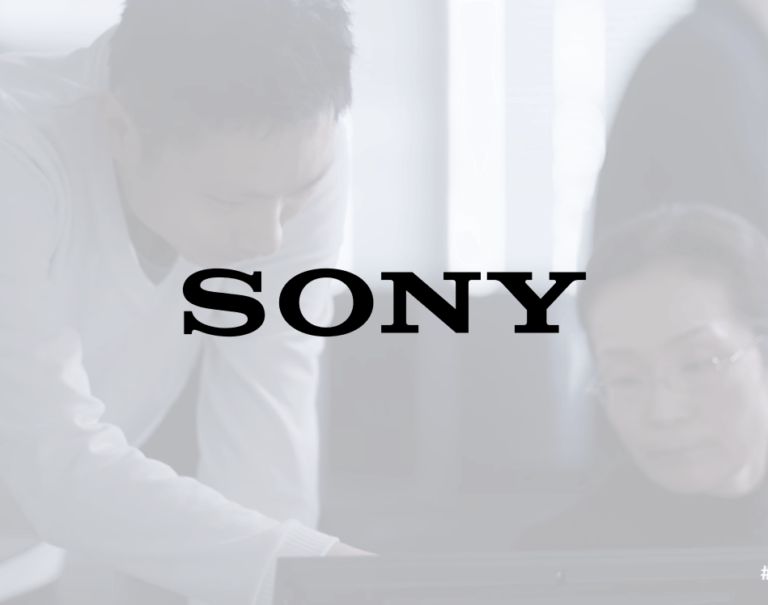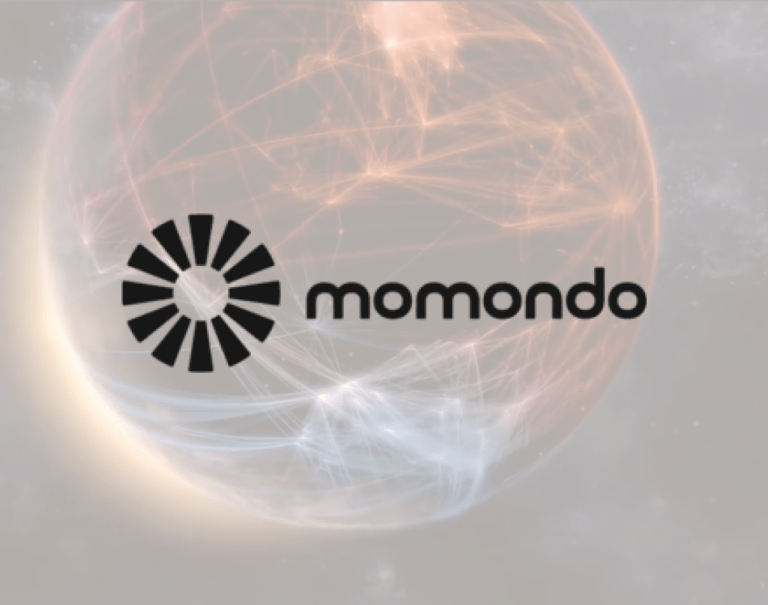
Dubbing, ADR and AD
With the right voice, you can go a long way. At Voicearchive, we know how important it is if you want to get out with a special message. That’s why our teams of experts provide a first-class service in finding the right voice for your project. Whether it is for a film, e-learning video, advertisement etc., we guide you along the way
Find the voice that suits your video the best.
Our team of experts are ready to help you
- 20 years of experience
- Help cast the perfect voice
- Make sure your project is a success
- Call us at +1 (929) 923 77 16
At Voicearchive, we have more than 20 years of experience in the voice-industry, but when it comes to dubbing, we have two highly specialized departments named ADRENALINE located in London and South Africa dedicated to that area.
At ADRENALINE our experienced voice actors and sound engineers work with some of the biggest film producers in the world like Netflix.
You can read much more about this on their website here, and learn how they expertly create tailor-made solutions for any project.
Meet our specialized voice dubbing department in London
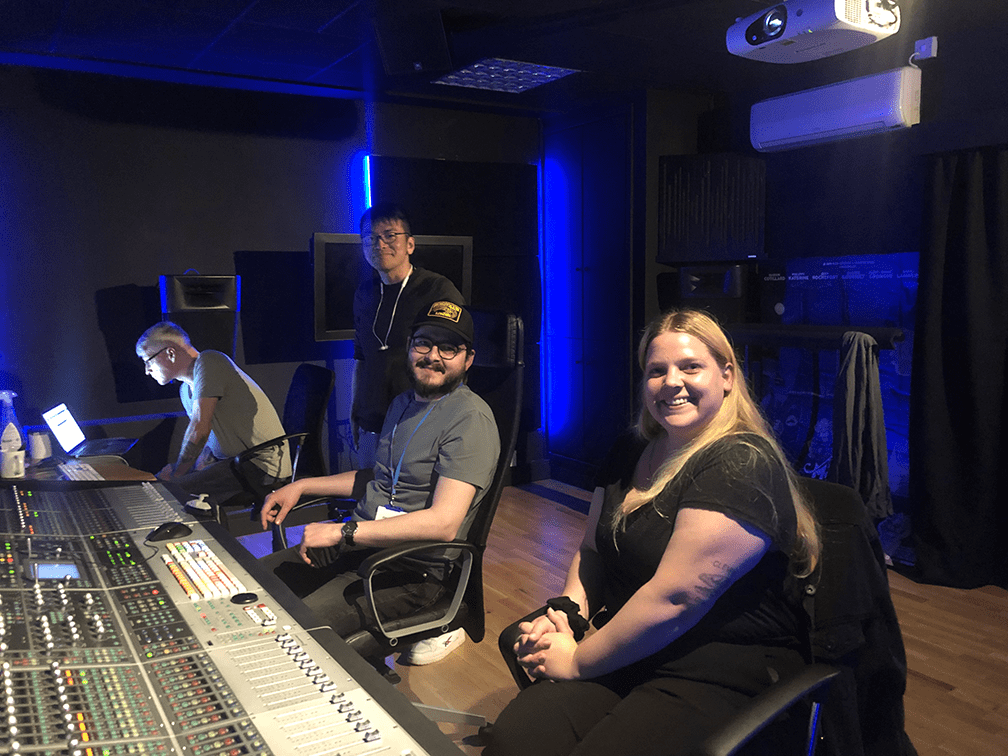
Why you should use dubbing
Although many don’t think that dubbing is that widespread, it is far from true. In addition to being used in many children’s movies, cartoons, and animation it is also widely used among international companies, brands, and organizations where it is essential that everyone understands and has the same information and knowledge.
It can also be beneficial for:
- advertising on an international scale to reach a larger target audience in their native languages
- corporate films and other corporate content that create greater authenticity for the recipient
- e-learning, to ensure that everyone understands the information and knowledge that is conveyed
With dubbing, unlike translation, you can create a greater understanding of cultural differences, which will help you create greater authenticity and integrity around your product, brand, and company, which will help it be remembered better – regardless of where in the world your video is shown.
Is dubbing the same as voiceover?
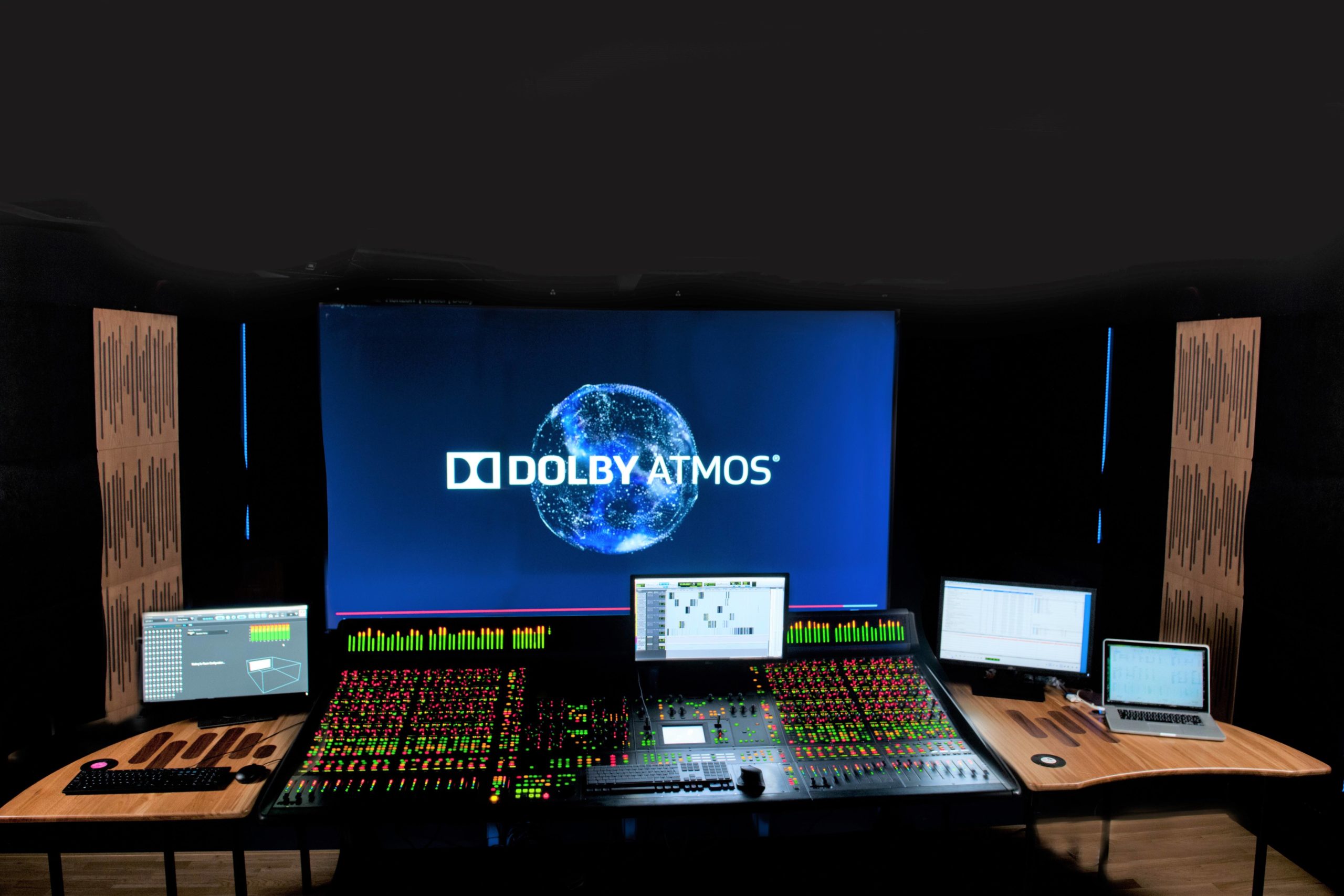
It is important for us to emphasize that dubbing and voiceover are not the same. Far from to be honest, even though they resemble each other. That’s why we at Voicearchive only specialize in voiceovers, while we let our sister departments at ADRENALINE handle the dubbing.
Both disciplines add a new sound layer to a video and in a way “interpret” a message into a new message. But while voiceover is more narrative in nature and more flexible in emotion and tonality from the original audio, dubbing is more accurate in its “translation” as it matches mouth movements and retains tone, emotion, and the technical quality of the original track.
Do you need dubbing or voiceover?
Not sure if it is dubbing what your video needs or if a simpler voiceover can do the trick for your project? Regardless of the scope of your project, please don’t hesitate to call us at Voicearchive. Our team of experts will quickly be able to determine what you need, and help move your projects forward.
Want to know more?
Then we are ready to help you.
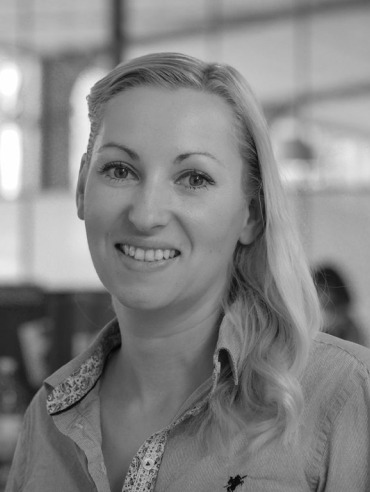
Anna Sticken
Key Account ManagerSee how we have helped some of the world’s biggest brands find their voice
